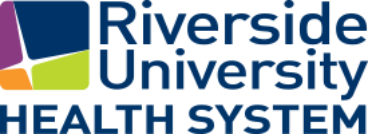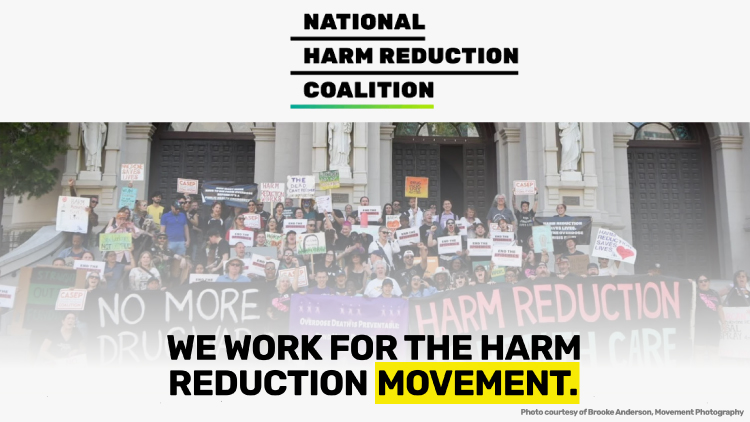HARM REDUCTION
While substance use prevention education for youth should includes messages of abstinence, it should not solely focus on abstinence only messaging, instead education should build capacity of youth to make safe choices.
Scare tactics and abstinence only messaging does not work for youth. Youth are more receptive to factual based, nonjudgmental content where they’ re given the opportunity to learn and make their own decisions.
Substance use is a spectrum, people will use on varying levels and not all are ready to change. This toolkit encourages schools to integrate harm reduction messaging and practices, and to address the stigma around ham reduction. People engage in harm reduction when applying SPF, wearing a seat belt, drinking water when consuming alcohol, using nicotine patches, among others.
Harm reduction saves lives.
Principals of Harm Reduction
The National Harm Reduction Coalition defines harm reduction as strategies and ideas to reduce harm and consequences with drug use. The foundational principle of harm reduction is to treat people with respect and dignity. Harm reduction includes a spectrum of strategies to meet people where they are at, from safe drug use or abstinence.
PRINCIPLES OF HARM REDUCTION
- Accepts, for better or worse, that licit and illicit drug use is part of our world and chooses to work to minimize its harmful effects rather than simply ignore or condemn them.
- Understands drug use as a complex, multi-faceted phenomenon that encompasses a continuum of behaviors from severe use to total abstinence, and acknowledges that some ways of using drugs are clearly safer than others.
- Establishes quality of individual and community life and wellbeing — not necessarily cessation of all drug use — as the criteria for successful interventions and policies.
- Calls for the non-judgmental, non-coercive provision of services and resources to people who use drugs and the communities in which they live in order to assist them in reducing attendant harm.
- Ensures that people who use drugs and those with a history of drug use routinely have a real voice in the creation of programs and policies designed to serve them.
- Affirms people who use drugs (PWUD) themselves as the primary agents of reducing the harms of their drug use and seeks to empower PWUD to share information and support each other in strategies which meet their actual conditions of use.
- Recognizes that the realities of poverty, class, racism, social isolation, past trauma, sex-based discrimination, and other social inequalities affect both people’s vulnerability to and capacity for effectively dealing with drug-related harm.
- Does not attempt to minimize or ignore the real and tragic harm and danger that can be associated with illicit drug use
YOUTH OVERDOSE PREVENTION CAMPAIGN
RUHS-Public Health launched an overdose prevention campaign in 2021 and 2023 to increase awareness of harm reduction methods among youth and young adults.
The campaign site has more information on different types of substances including opioids, fentanyl and prescription medications, as well as methamphetamines and other prescription medications such as benzodiazepines. The campaign site also includes an overview of how to recognize and respond to an opioid overdose, and resources for harm reduction and substance use intervention.

NALOXONE - CDPH NALOXONE DISTRIBUTION PROGRAM
The California Department of Health Care Services (DHCS) created a naloxone distribution project to address the increasing opioid overdose deaths. Schools, universities, and libraries are among the organizations that are eligible to receive free naloxone.
Step 1: Submit a naloxone statewide standing order through the California Department of Public Health. This will generate a document that you need to save as a PDF or word document and then submit a copy when you apply to DHCS.
Step 2: After applying to the standing order, apply to the DHCS' Naloxone Distribution Project to receive the free naloxone kits.
FYI: The standing order needs to be re-applied every 2 years. CDPH provides training videos in English and Spanish to provide to those who receive naloxone.
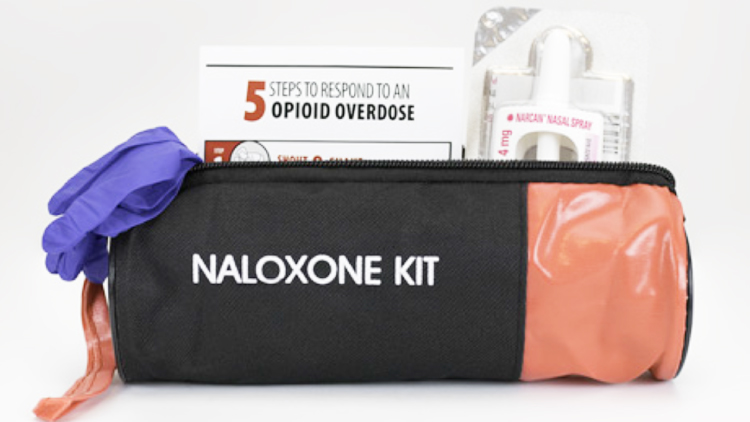
NALOXONE RESOURCES
Due to its lifesaving abilities, it is recommended for everyone to carry it. Individuals can get naloxone at a local pharmacy without a prescription or from a local organization that has a distribution program, such as Inland Empire Harm Reduction or Next Distro.
Organizations can establish a standing order through California Department of Public Health or reach out to the Riverside Overdose Data to Action team.
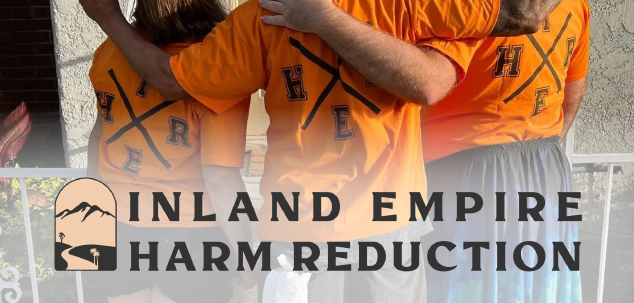
Inland Empire Harm Reduction (IEHR) is a local, community-based, public health 501(c)(3) non-profit organization focused on improving the health and well-being of individuals affected by drug use in Riverside County and in surrounding areas. IEHR Naloxone Hotline: (951) 446-0983
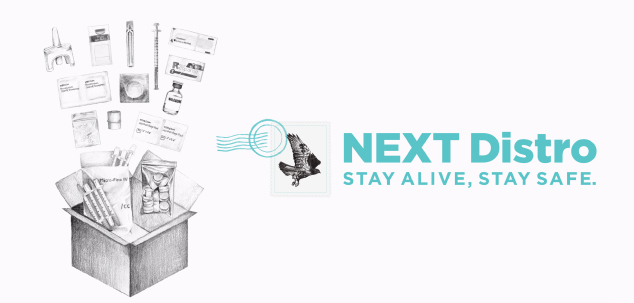
Next Distro is an online and mail-based harm reduction services that serves Riverside County.
SAMHSA
SAMHSA Evidence-Based Practices Resource Center
The Substance Abuse and Mental Health Services Administration (SAMHSA)
created an evidenced-based practices resource center that provides information and tools for organizations to use for a range of health topics, including mental health and substance use prevention activities.
Schools can filter by resource topic, health condition, substance, target audience, resource population, resource type, and organization type.
Click here for more information!
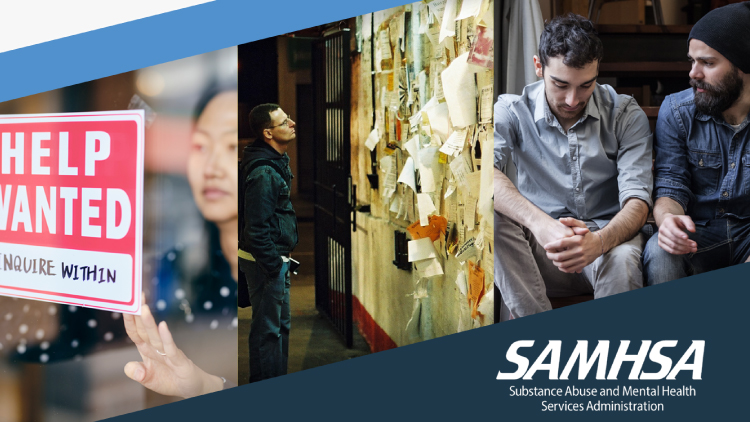
Source: SAMHSA - Substance Abuse and Mental Health Services Administration
